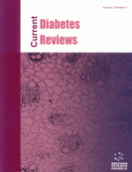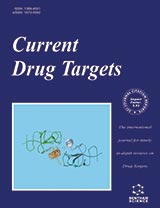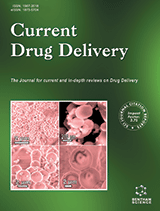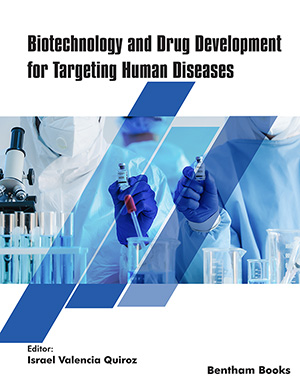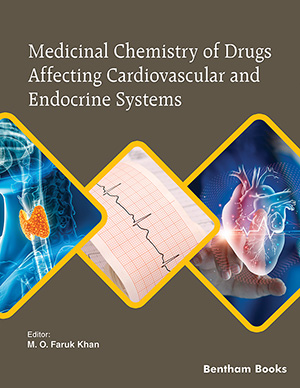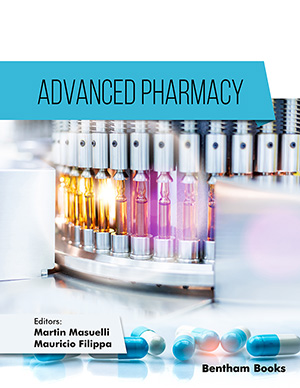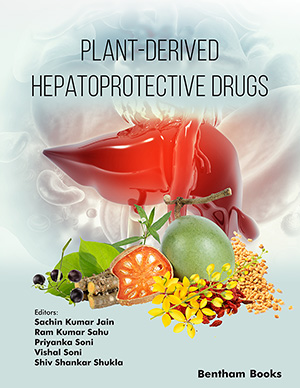Abstract
It is difficult to attribute the diagnosis of adverse drug reaction to a condition which is also a common symptom. The decision might be arduous in the case of headache, because this disorder is very frequent in the general population. The drugs that more frequently induce headache belong to a variety of therapeutic classes with different mechanisms of action and different toxicity. In the majority of cases the headache has not a typical feature, it is dosedependent, and is associated to other symptoms of neurotoxicity. Some drugs cause, instead, a specific headache: this is the case of NO donors, which are also used in experimental studies in order to induce headache. This review describes the classes of drugs which induce headache, analyzes the frequency of headache induction among the drugs of the same class, and discusses the possible mechanisms underlying headache induction. It is to be hoped that a better awareness of this issue would help the physician to consider it in the differential diagnosis of a recent-onset or changed headache and to avoid prescription of drugs known to cause headache to patients already suffering from this disorder.
Keywords: Adverse reaction, event, side effect, drug, headache, migraine
Current Drug Safety
Title: Headache: One of the Most Common and Troublesome Adverse Reactions to Drugs
Volume: 1 Issue: 1
Author(s): Anna Ferrari
Affiliation:
Keywords: Adverse reaction, event, side effect, drug, headache, migraine
Abstract: It is difficult to attribute the diagnosis of adverse drug reaction to a condition which is also a common symptom. The decision might be arduous in the case of headache, because this disorder is very frequent in the general population. The drugs that more frequently induce headache belong to a variety of therapeutic classes with different mechanisms of action and different toxicity. In the majority of cases the headache has not a typical feature, it is dosedependent, and is associated to other symptoms of neurotoxicity. Some drugs cause, instead, a specific headache: this is the case of NO donors, which are also used in experimental studies in order to induce headache. This review describes the classes of drugs which induce headache, analyzes the frequency of headache induction among the drugs of the same class, and discusses the possible mechanisms underlying headache induction. It is to be hoped that a better awareness of this issue would help the physician to consider it in the differential diagnosis of a recent-onset or changed headache and to avoid prescription of drugs known to cause headache to patients already suffering from this disorder.
Export Options
About this article
Cite this article as:
Ferrari Anna, Headache: One of the Most Common and Troublesome Adverse Reactions to Drugs, Current Drug Safety 2006; 1 (1) . https://dx.doi.org/10.2174/157488606775252610
| DOI https://dx.doi.org/10.2174/157488606775252610 |
Print ISSN 1574-8863 |
| Publisher Name Bentham Science Publisher |
Online ISSN 2212-3911 |
 46
46
- Author Guidelines
- Graphical Abstracts
- Fabricating and Stating False Information
- Research Misconduct
- Post Publication Discussions and Corrections
- Publishing Ethics and Rectitude
- Increase Visibility of Your Article
- Archiving Policies
- Peer Review Workflow
- Order Your Article Before Print
- Promote Your Article
- Manuscript Transfer Facility
- Editorial Policies
- Allegations from Whistleblowers
Related Articles
-
ALDH2---The Genetic Polymorphism and Enzymatic Activity Regulation: Their Epidemiologic and Clinical Implications
Current Drug Targets Biosynthesis and Anticancer Activity of Genistein Glycoside Derivatives
Anti-Cancer Agents in Medicinal Chemistry Recent Developments in Drug Targets and Combination Therapy for the Clinical Management of Hypertension
Cardiovascular & Hematological Disorders-Drug Targets “Legal Highs” – New Players in the Old Drama
Current Drug Abuse Reviews Blood Pressure Management in Metabolic Syndrome
Current Hypertension Reviews Cardiovascular Pharmacogenomics
Current Pharmacogenomics and Personalized Medicine Teenage-pregnancies from a Human Life History Viewpoint – an Updated Review with Special Respect to Prevention Strategies
Current Women`s Health Reviews A Slit in Podocyte Death
Current Medicinal Chemistry Present and Future of Tyrosine Kinase Inhibitors in Renal Cell Carcinoma: Analysis of Hematologic Toxicity
Recent Patents on Anti-Infective Drug Discovery New Insights into Redox-Modulated Cell Signaling
Current Pharmaceutical Design Vascular Endothelial Growth Factor (VEGF) in the Pathogenesis of Diabetic Nephropathy of Type 1 Diabetes Mellitus
Current Drug Targets Inhibition of Renin-Angiotensin System and Advanced Glycation End Products Formation: A Promising Therapeutic Approach Targeting on Cardiovascular Diseases
Cardiovascular & Hematological Agents in Medicinal Chemistry Is Atherothromboaspiration a Possible Solution for the Prevention of No-Reflow Phenomenon in Acute Coronary Syndromes? Single Centre Experience and Review of the Literature
Current Vascular Pharmacology Inhibition of RET Activated Pathways: Novel Strategies for Therapeutic Intervention in Human Cancers
Current Pharmaceutical Design The Synthesis of Coenzyme Q10
Current Organic Chemistry Editorial (Thematic Issue: Health Impact and Management of a Disrupted Circadian Rhythm and Sleep in Critical Illnesses)
Current Pharmaceutical Design Preoperative Plasma Aldosterone Levels and Postoperative Atrial Fibrillation Occurrence Following Cardiac Surgery: A Review of Literature and Design of the ALDO-POAF Study (ALDOsterone for Prediction of Post-Operative Atrial Fibrillation)
Current Clinical Pharmacology Cardiovascular Health vs Cardiovascular Risk A 2011 Update: Cardiovascular Risk Stratification, the Basis to Reach Therapeutic Goals
Current Hypertension Reviews The Molecular Basis of the Interplay between Endothelin-1 and Nitric Oxide and its Relevance for Atherosclerosis and Arterial and Pulmonary Hypertension
Vascular Disease Prevention (Discontinued) Molecular Hybridization as a Tool in the Design of Multi-target Directed Drug Candidates for Neurodegenerative Diseases
Current Neuropharmacology













